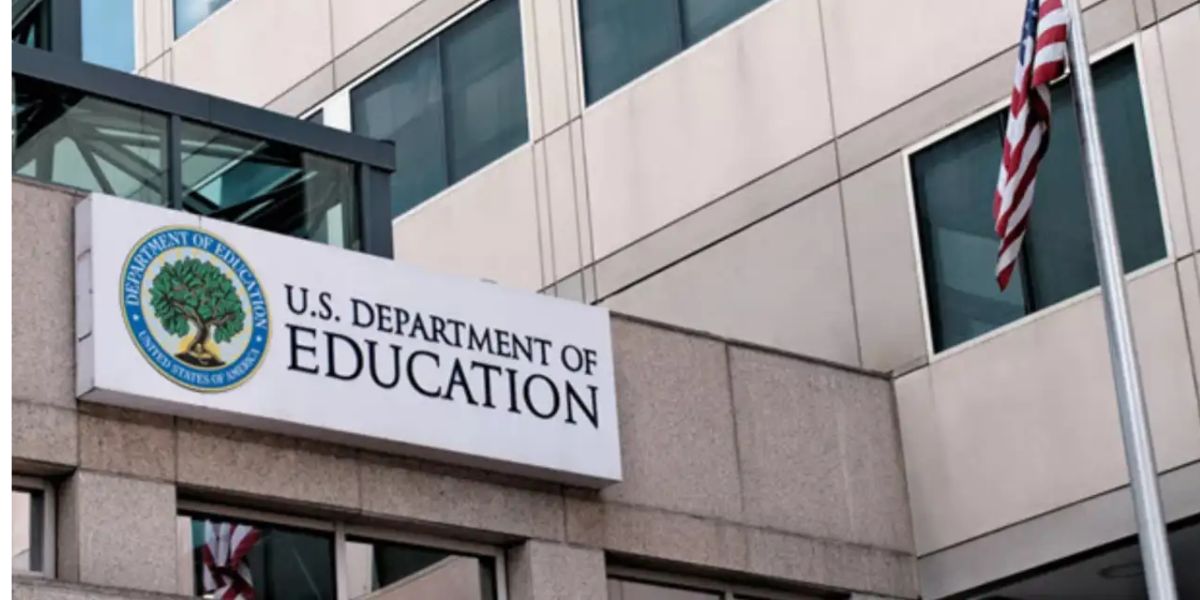The admissions policy at a prestigious, selective high school has prompted the Education Department to announce on Thursday that it is initiating a civil rights investigation into Fairfax County Public Schools in Virginia.
More Black and Hispanic students were enrolled at Thomas Jefferson High School for Science and Technology after an admissions policy change was implemented five years ago. However, some parents challenged the change in court.
The plaintiffs contended that Asian American students suffered as a result, as their enrollment at the school declined.
One day prior to the investigation, Virginia’s attorney general’s office, led by Republican Jason Miyares, concluded that the school’s policy discriminated against Asian American students. The case was forwarded to federal authorities by his office.
“The Department of Education is grateful for the diligent work of Governor (Glenn) Youngkin and Attorney General Miyares for documenting a pattern of concerning practices at TJ, and we will further investigate this complaint to ensure that all students being assessed fairly, according to merit and accomplishment,” Education Secretary Linda McMahon stated.
Thomas Jefferson’s admissions policy was upheld by an appeals court decision last year after the U.S. Supreme Court declined to hear the case.
The state attorney general’s released documents will be reviewed by the school district.
“This matter has already been fully litigated,” Fairfax County Public Schools stated. “A federal appellate court determined there was no merit to arguments that the admissions policy for Thomas Jefferson High School for Science and Technology discriminates against any group of students.”
By eliminating the $100 application fee and admissions exam and implementing a “holistic review” procedure, the Thomas Jefferson school district updated its admissions policy in 2020.
Low-income students, English language learners, and girls were more prevalent in the first class admitted under the new policy.
Asian Americans made up roughly 54% of the admitted class, which is lower than the 65% to 75% percentages from previous years.
Additionally, the proportion of Black and Hispanic students—who have historically been underrepresented at the school—rose.
Don’t Miss:
- High School Seniors From Massachusetts Killed in 110 MPH Spring Break Crash in Florida
- Utah Lawmakers to Review Plan to Extend School Lunch Breaks
- Kermit the Frog Will Deliver Graduation Speech at University of Maryland
The review included the students’ grades, a problem-solving essay, a “portrait sheet” of their abilities, and four experience factors: special education status, eligibility for free or reduced-price meals, English language learning status, and attendance at a public middle school that was historically underrepresented.
Students’ names, races, and other demographic data were not available to admissions evaluators. An appeals court later reversed a district court’s initial decision in favor of the parents’ group contesting the policy.
Asian American students outperformed their share of the applicant pool, the appeals court observed, even though the proportion of Asian American students had decreased under the new policy in comparison to previous classes.
Following the Supreme Court’s 2023 decision against Harvard and the University of North Carolina, which invalidated affirmative action and explicit consideration of race, the case was viewed as a potential next step in challenging admissions practices. However, the Supreme Court declined to hear the case in 2024.



